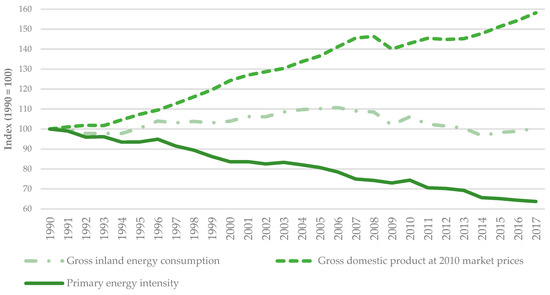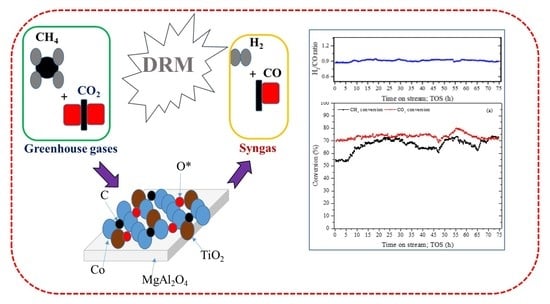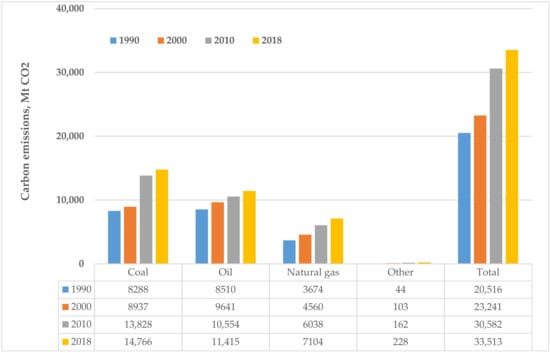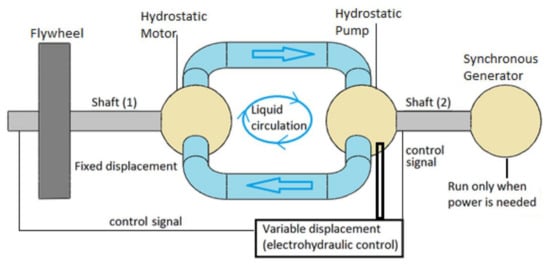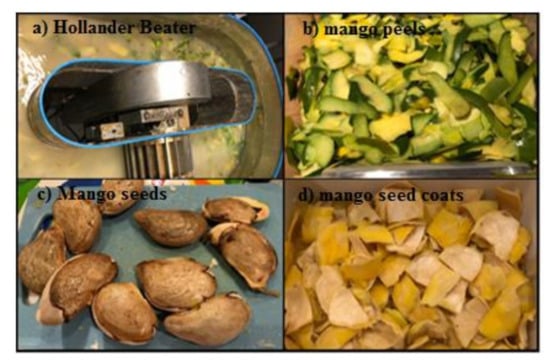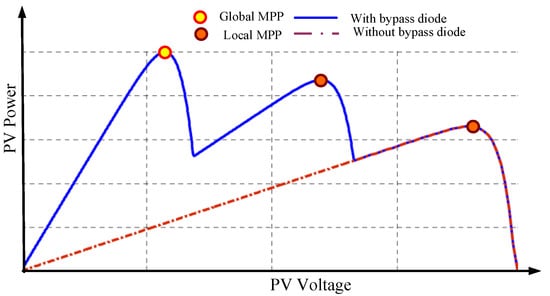Feature Papers in Sustainable Energy
A topical collection in Energies (ISSN 1996-1073). This collection belongs to the section "A: Sustainable Energy".
Viewed by 45880Editor
2. Mechanical Engineering and Design, School of Engineering and Applied Science, Aston University, Aston Triangle, Birmingham B4 7ET, UK
Interests: renewable energy; energy storage systems, sustainability; CAD and design; smart materials
Special Issues, Collections and Topics in MDPI journals
Topical Collection Information
Dear Colleagues,
We are delighted to invite you to contribute a research or review paper for this Topical Collection on hybrid renewable energy and energy storage systems. The Collection Editor and main topics are presented below:
- Renewable Energy Systems;
- Solar Energy;
- Wind Energy;
- Marine and Hydro Energy;
- Geothermal Energy;
- Biomass;
- Hydrogen and Fuel Cell;
- Energy Storage Systems
Prof. Dr. Abdul-Ghani Olabi
Collection Editor
Keywords
- Renewable Energy Systems
- Solar Energy
- Wind Energy
- Marine and Hydro Energy
- Geothermal Energy
- Biomass
- Hydrogen and Fuel Cell
- Energy Storage Systems





